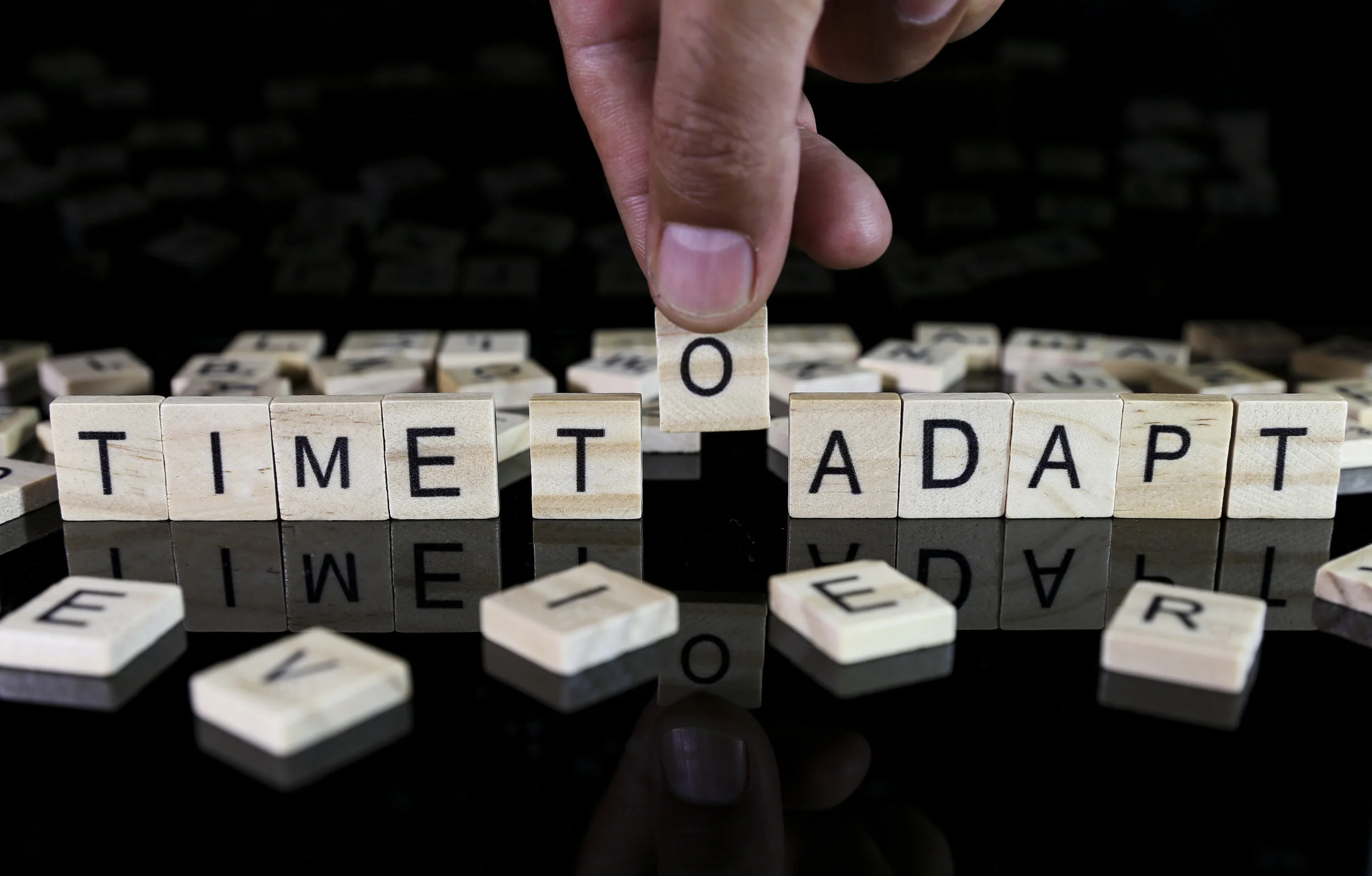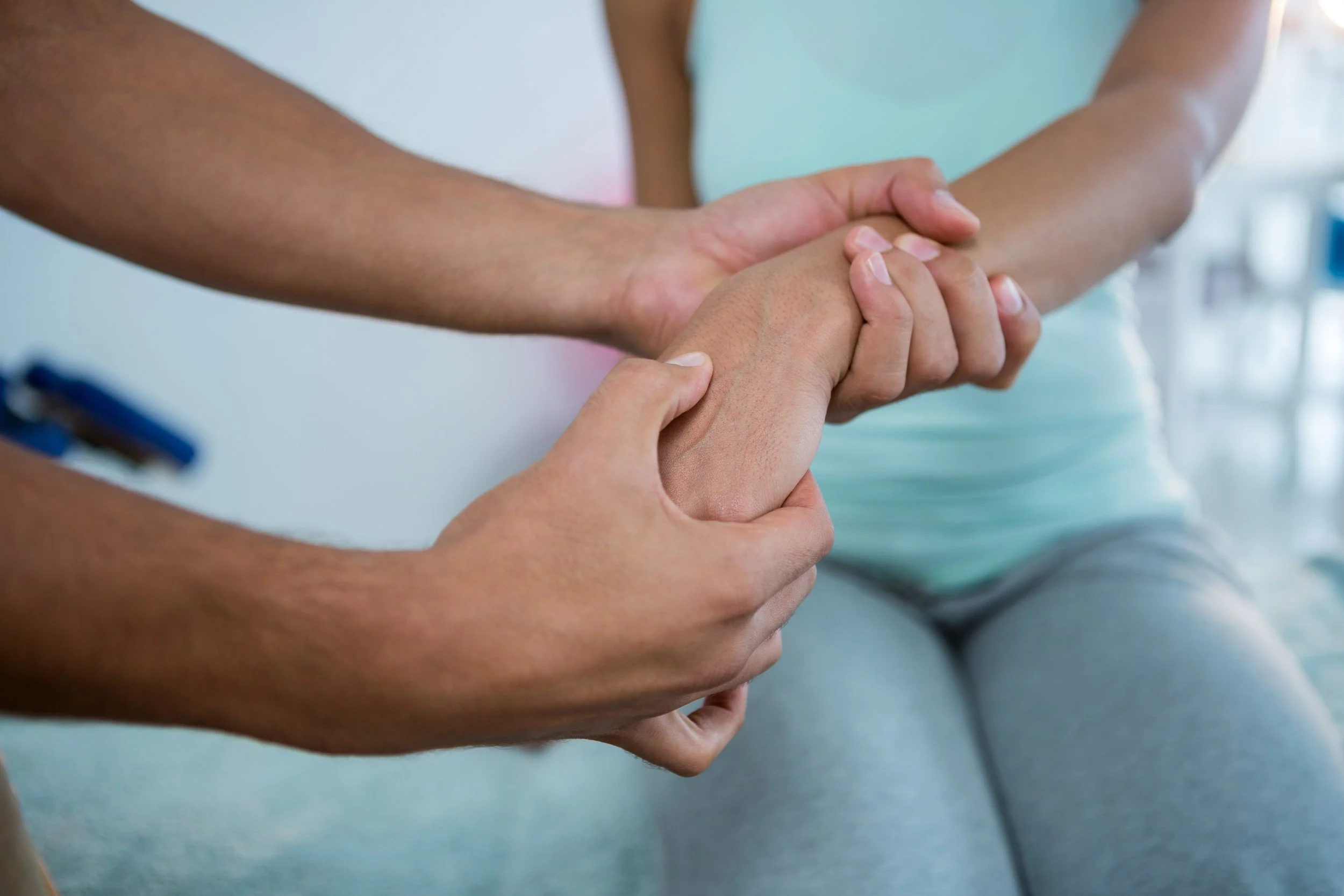Bruce Lipton, a leading development biologist who believes that genes and DNA can be manipulated by our beliefs is not the only brilliant mind to propose such a mind-bending idea. In fact, he says that our DNA and cells do not control our health, our emotions do. Yogis have known for centuries that what we think and feel affects the physical body. It is one of the foundational components of almost any yogic path. Utilizing the teachings of our farthest reaching wisdom traditions and the newest biological advances, we can learn how to look at the body for signs of its deepest, darkest challenges.
The Human Genome Project Was a Failure
Scientists were hoping to map out more than 100,000 genes when studying the human genome, in order to find disease markers, and therefore prevent them, but only 25,000 genes were discovered, and ‘junk’ DNA is still a totally mystery to most scientists. Even more interesting is the fact that you can entirely remove the nucleus of a cell and its DNA and it will still function. Contrary to what was once believed, the cell’s nucleus is not its brain. If, however, you destroy the cell membrane, then the cell dies because it can no longer interact with other cells. Are our cells telling us something about how we interact with the world as a whole?
Through his passionate research, Bruce Lipton discovered that, “The cell membrane is a liquid crystal semi conductor with gates and channels.” He also said in Biology of Belief that, ‘our cells are like programmable personal computers.” That means consciousness, namely our emotional state, can lead to some pretty profound changes in the body.
“The major crisis of the human race is not of raising our IQs, it is one of elevating our WILL quotients. We must will ourselves to happiness, and thereby experience true health.”
Our Physical Bodies Alert Us to Emotional States
Maybe it seems strange that we should look at our bodies for evidence of an emotion, after all, don’t we just feel something like anger, pain, frustration, fear, guilt, etc. when it happens? We don’t need to look at the body to understand an emotion, or do we? It’s not always that simple. Our emotions are intertwined with how we get our needs met from a very young age, so, if you weren’t ever allowed to be ‘angry’ even in situations where this would be a natural emotion, then instead of that anger being felt and expressed, and properly released, it becomes waylaid by the conscious mind. Instead, it is seen as ‘wrong’ and then pushed down into the subconscious mind so that you can ‘deal with it later.’
We can do this temporarily quite well, such as when we learn to hold our tongue when having a disagreement, and due to respect or love, or societal pressures, we choose to communicate our feelings at a later time, when they feel less charged. The problem is that when we push emotions down too long, the subconscious mind will start saying ‘hey, you’ve got some stuff to deal with down here.’
Neuropeptides Lead the Game
Every time you think a thought there is probably emotion attached to it. Perhaps it is positive, perhaps negative, but rarely, is it neutral. With every charged thought you think, miniscule neuropeptides, or chemical proteins trigger a specific physiological response to try to keep your overall system in homeostatis. Examples of neuropeptides are endorphins like the ones released when you have sex or go for a jog, and other hormones, like oxytocin, the natural ‘love’ drug, adrenaline, the natural drug of excitement and fear, cortisol, the hormone of stress, and so on. There are dozens of these neuropeptides being released at any given moment.
Whatever your most consistent emotional state is, then, that is also what chemical cocktail being released into your body, and thereby shapes your physical features. The more prolonged the emotional state is experienced, the more profound the changes can be visually
“Never get angry for anger poisons your system.” – Paramahansa Yogananda
Anger Causes High Cholesterol and Happiness Helps You Live Longer
Scientists have now been able to measure emotions, including their physiological response on the body. For example, anger causes higher cholesterol levels and a faster resting heart rate. Prolonged sadness can cause depression, which leads to a depleted immune system. But how do we ‘wear’ these emotions on the physical body?
Emotions, like any other thought, have a vibrational frequency. Emotions of peace, love, excitement, serenity, joy and thankfulness are of a higher vibration and emotions of anger, fear, and sadness hold lower vibrations. Lipton’s work talks in depth about how emotions can even affect DNA.
Part of the reason that emotions affect us so significantly is because the heart emits a stronger electro-magnetic force than the brain, so even if you are intellectually editing yourself, your true emotions are still being broadcast throughout the body, and arguably, beyond it. The brain entrains with the heart, and not vice versa. The brain becomes coherent with the vibration of the heart. It may sound shocking but recent studies show that depression causes more heart disease than smoking! Depressed people even have stickier blood platelets, so they are more likely to ‘die of a broken heart.’
Observing the Body for Emotional Patterns
As a rule, the left side of the body reflects what has happened to you and how you respond emotionally to your past. The right side of the body will often display what your emotions are about your future. The front side of the body is the emotional self you present to the world; obvious in your facial features, your posture, etc. Your back side will reflect emotions that you don’t want to deal with or expose to other people. Unexpressed or sublimated emotions will get ‘stuck’ in your back, shoulders, calves, etc. When too many negative emotions are stuffed away where you can’t see them, or feel them, they can cause the body to come out of balance.
Chinese medicine agrees that emotions can create stagnation in the energy of the body, leading to issues with the spleen, heart, kidneys, liver, bladder, gallbladder, etc. They usually categorize the emotions into seven distinct areas – grief, sorrow, worry, fear, joy, anger and fright. Following are some more general rules about how emotions display in the physical body:
Your head hurts, or your brow is often furrowed: This means you need to stop ignoring your intuition and trust what your ‘higher self’ is trying to tell you about a situation or person. Basically, you need to pay attention to your gut. A pain in the back of the head, instead of the forehead means you haven’t forgiven yourself for perceived faults or past mistakes.
Nearsightedness or Farsightedness: This means you have trouble ‘seeing things clearly.’ Farsighted folks often pine away for the future and nearsighted folks can’t seeing anything but the nose on their own faces. Seeing the here and now accurately is difficult for either person with sight issues. Meditation is one way to offload emotions that cause you to feel uncomfortable in the here and now.
Hearing Problems are similar – it may mean you are tuning out.
Our mouths are associated with our expression of sensuality. If you have lost your taste, it can literally mean you have disconnected from reality because it ‘leaves a bad taste in your mouth.’ This part of the body is also connected with the second chakra, or Swadhistana, which governs all the sexual organs. If you can’t experience pleasure without guilt or over-indulge in sexual gratification, it will also lead to pursed lips or an unattractive mouth.
Your neck and shoulders support the head, but are also the gateway between the head and heart – or the Anahata Chakra (Heart Chakra) and Ajna Chakra (Pineal Gland Center). Issues with the throat, and neck, or tightness in the shoulders may mean you are having a hard time integrating mental acuity and tempering it with compassion. If you are overly intellectual, you may have shoulder and neck problems. This is the most narrow part of the body between the torso and head, and therefore, a place that easily gets congested energetically. Yoga poses like Matsyasana (Fish Pose) and Halasana (Plow Pose) can help to release blockages here, and the emotions that are stored without conscious awareness.
The Arms and Hands are how you reach out to others. Any stagnation of positive emotion regarding extending yourself to others can manifest as physical symptoms here.
An enclosed and protected heart often means you hunch over and have a constricted chest and lungs. If you have a hard time expressing love or accepting love from others, you will possibly have blockages in your chest, lungs and heart.
There are all kinds of physical issues that can appear based on the health of your spine. Since the spine literally supports your body, ailments regarding the spinal column often reflect feelings of non-support or lack of love. Pain in the mid-back is associated to deficiency in the stomach liver, gallbladder, adrenals, and reproductive organs. Issues with the lower back are connected to the hips, large intestine, immune system, bladder, and kidneys. Childhood trauma that hasn’t been dealt with properly often manifests in lower back problems.
There are literally dozens of other ways that your emotions show on your body, and as recent, paradigm-shifting evidence is showing, feeling happy, calm, and free are the best ways to change not only your health, but your physical appearance. Happiness is better even than plastic surgery, and certainly better than chemotherapy or pharmaceuticals at keeping you profoundly alive and healthy.
While we can’t nor should stuff our emotions down, including negative ones, we can learn to control them and shift our attention to positive feelings as often as possible to dramatically change our bodies – right down to our DNA.
This article originally appeared on wakingtimes.com and is written by Christina Sarich.











![Self-regulation “control [of oneself] by oneself"](https://images.squarespace-cdn.com/content/v1/55563e14e4b01769086817cb/1542845645966-PO2HGKF5JLUBM45UIWQ3/wee-lee-790761-unsplash.jpg)



















